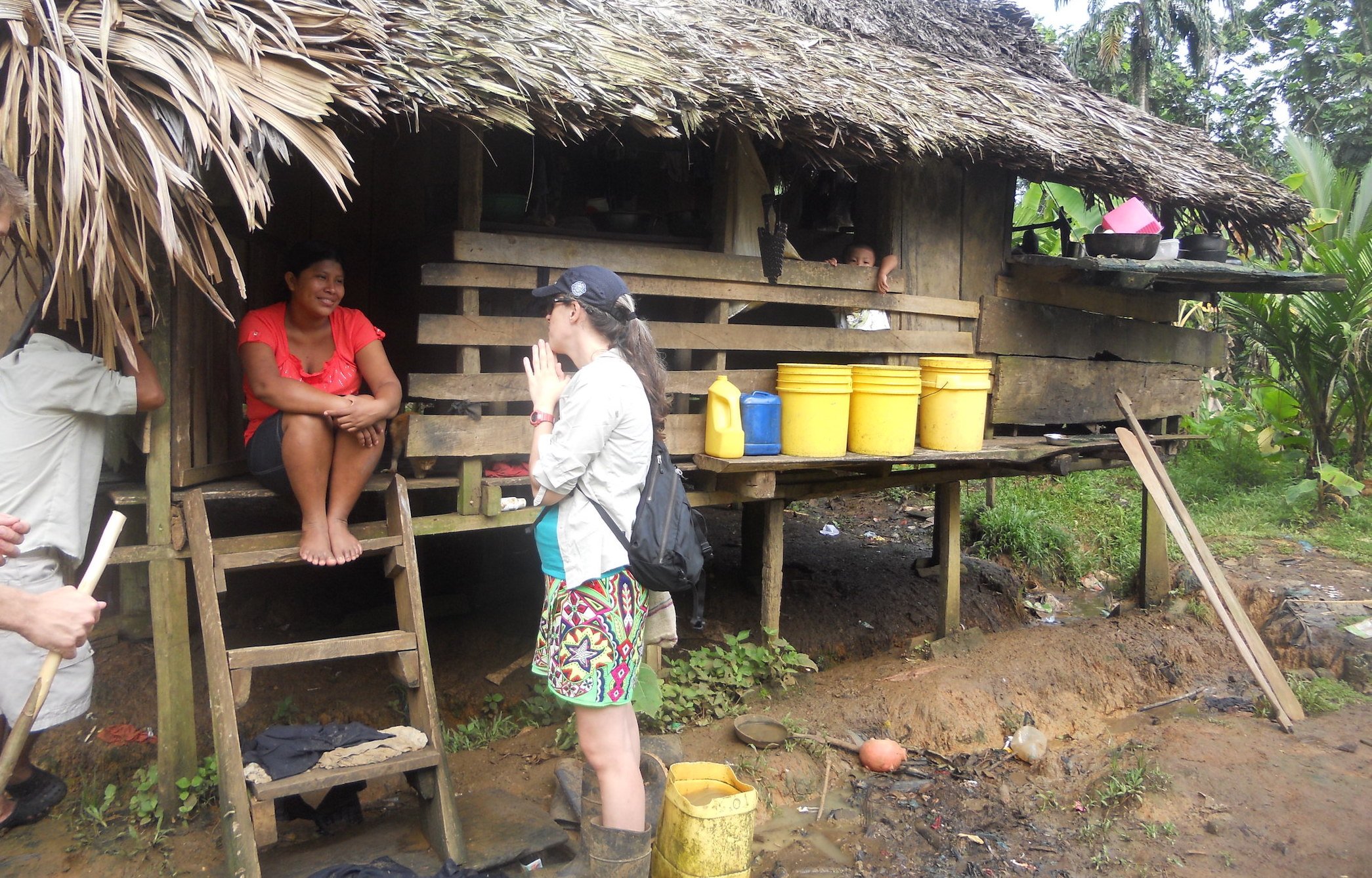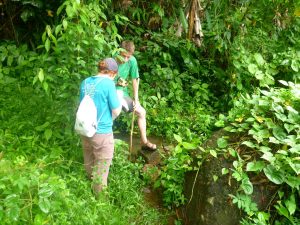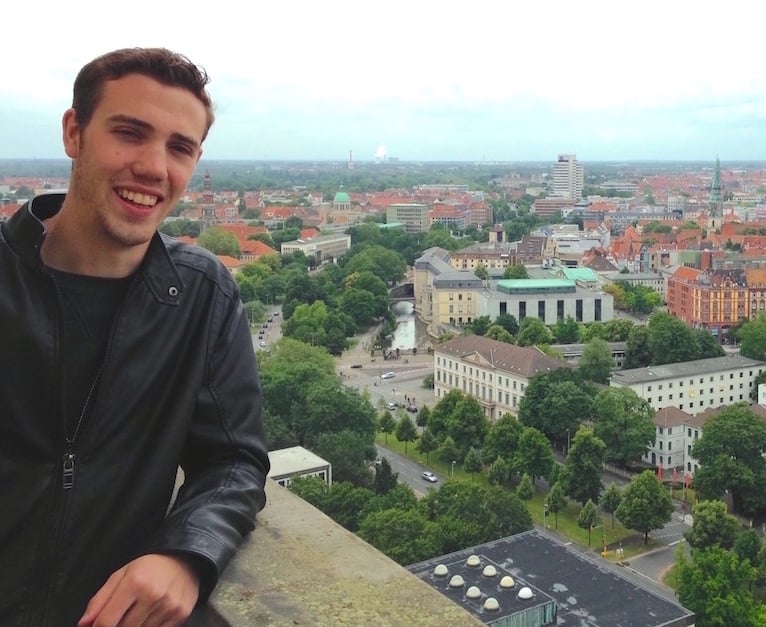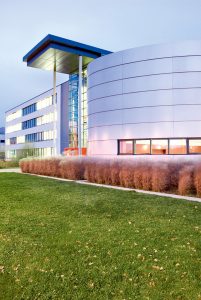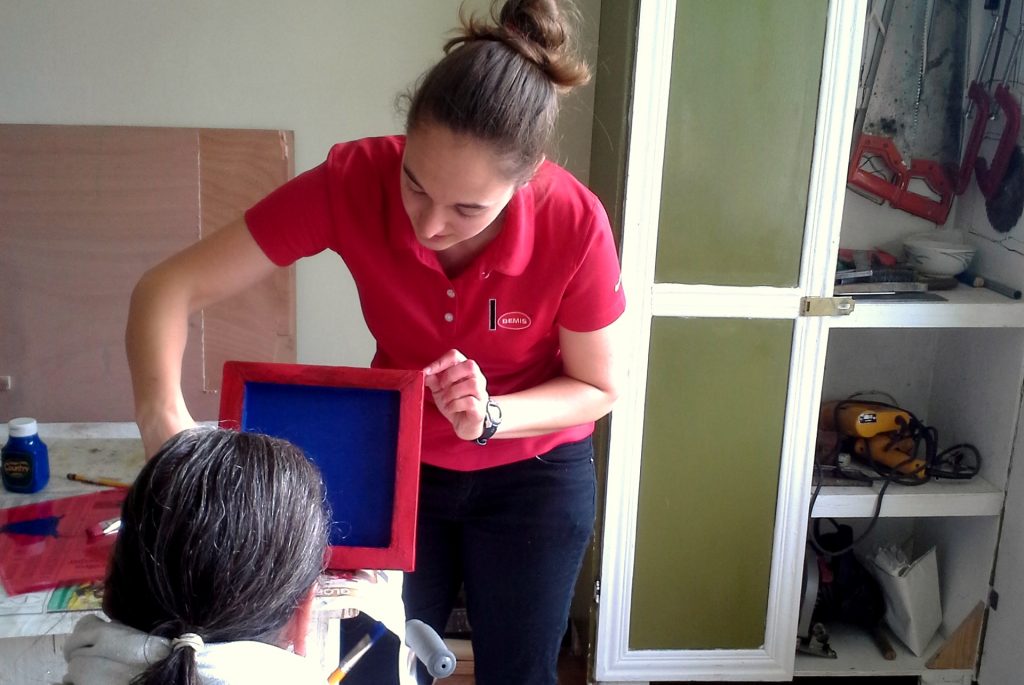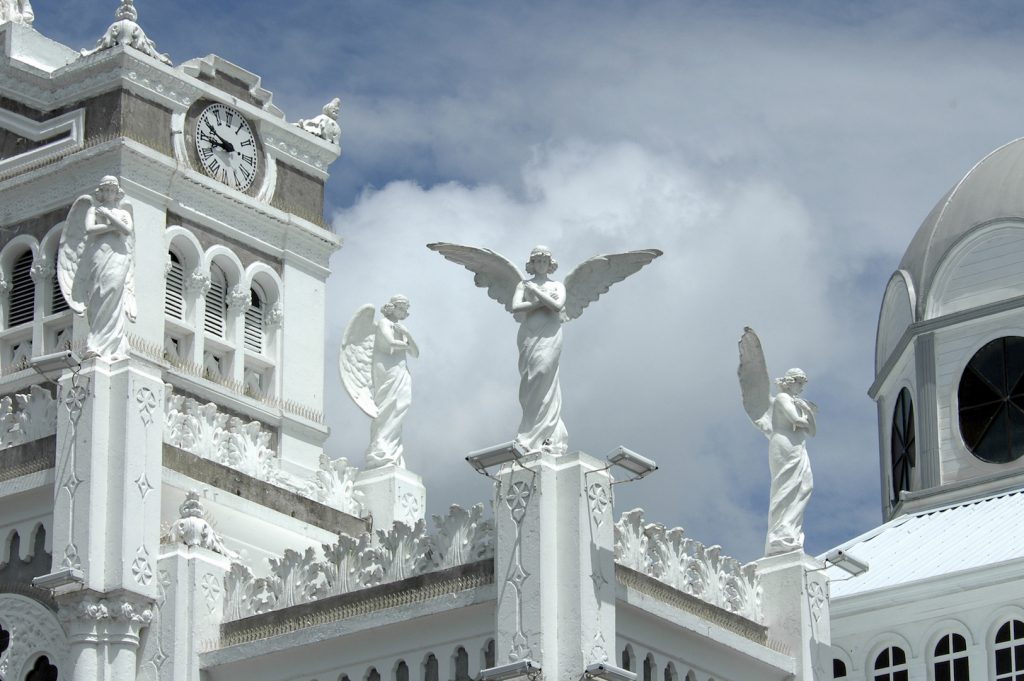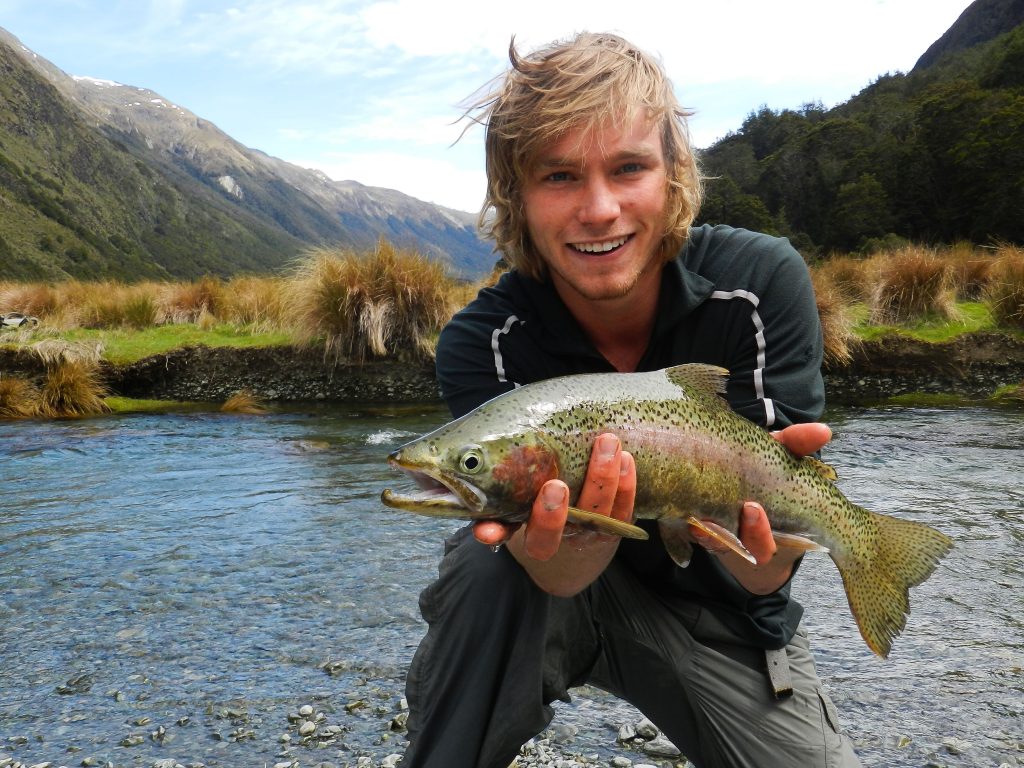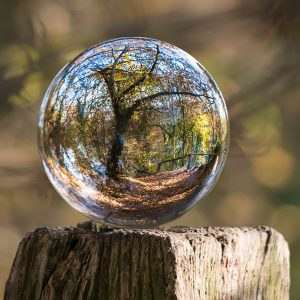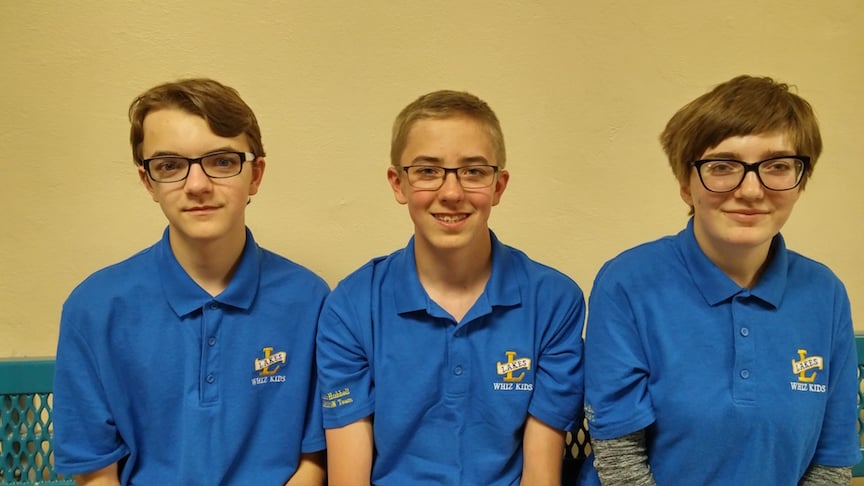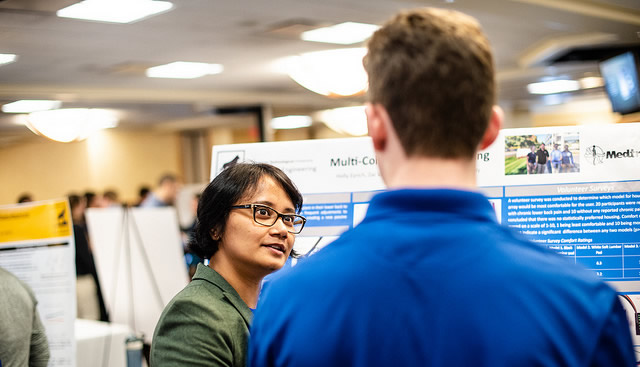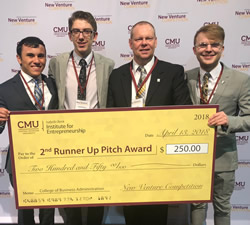
Zoé Ketola enrolled in the The Green Program, which offers short-term, experiential education about the world’s most pressing issues in sustainable development. Ketola took classes through Reykjavik University School of Energy, and also traveled extensively around Iceland. In Ketola’s group there were about 20 others students, coming from Penn State, University of Michigan, Colorado State, and some Canadian universities, to name a few.
Here at Michigan Tech, Ketola is turning her innovative ideas into a reality with a BSE degree in systems engineering—an engineering degree she can customize to fit her interests. She wants to work on improving and overhauling the US electrical grid—facilitating the transition from traditional to clean energy sources.
Why did you decide to go to Iceland for your study abroad?
Iceland is what fell into my lap. It is considered the world’s renewable energy capital and renewable and clean energy are my passion. I never set out looking to go to Iceland (or anywhere, really) but when the department chair of Engineering Fundamentals, Professor Jon Sticklen, told me about the opportunity I couldn’t think of a better place to learn about what I love. Plus, have you seen pictures of the place? It’s a dream if you like the outdoors.
What was your main project while you were there?
I worked on a project that detailed providing personal solar arrays to impoverished communities within the United States. My group focused on communities in West Virginia and we looked into providing the equipment, doing install, how we would run our company, etc. We did this outside of taking courses on hydropower, geothermal, biofuels, and icelandic culture/history.What did you learn about culture and society in Iceland?
The Icelandic people are very hearty. They are independent and they kind of do their own thing. The most interesting things to me included how independent the children are and just how important keeping their public places clean is. You don’t wear your shoes in homes or the public pools. The pools also have a monitor who makes sure you shower before swimming.
“Iceland changed my life. I know that sounds cliche but I felt like I was losing my fire to make things better. I met people who cared about the same things as me and wanted to save the world. Nothing felt better than that. I can never thank my professor enough for helping me to get there.”
How has studying abroad impacted or changed your outlook?
Well, I’m itching to go back to Iceland and have been since I landed back stateside. I’m now looking more seriously at pursuing a masters dealing with energy, maybe even in Iceland. Iceland reignited my passion to help the planet and to focus on improving the renewable/clean energy sector.
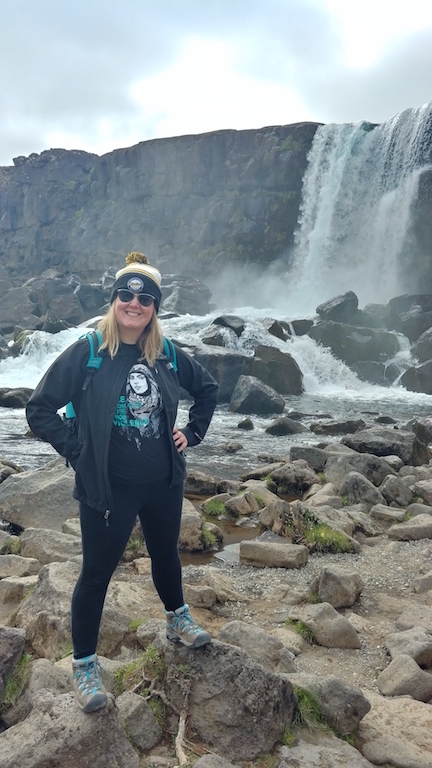
What was your most memorable experience?
I hiked a little over 10 miles at Fimmvörðuháls in the Icelandic highlands. When we got to the top of our hike, I couldn’t believe I was there. I was standing in between two glaciers with 20 fantastic people from all over the world and it was so surreal. The world is so big yet we all ended up there together.
Outside of working and studying, what was everyday life like? What did you do for fun?
Mostly spent time outside. I hiked everywhere it feels like, including near the southern coast and in the highlands (where I also camped). We visited hot springs, public pools, mountains, glaciers, and a local hostel where we got to meet a band we had started listening to that morning on the bus. We also visited Iceland’s largest geothermal plant and two hydropower plants, one of which was built in the 1960s.
What are your career goals?
I want to work on improving and overhauling the US electrical grid and facilitating the transition from traditional energy sources to clean energy sources. I don’t know what that means yet because it doesn’t look like anyone is doing exactly what I feel like needs to happen but I’ll figure it out along the way. If I quit every time I wasn’t sure of how to move forward I would never get anything done.
